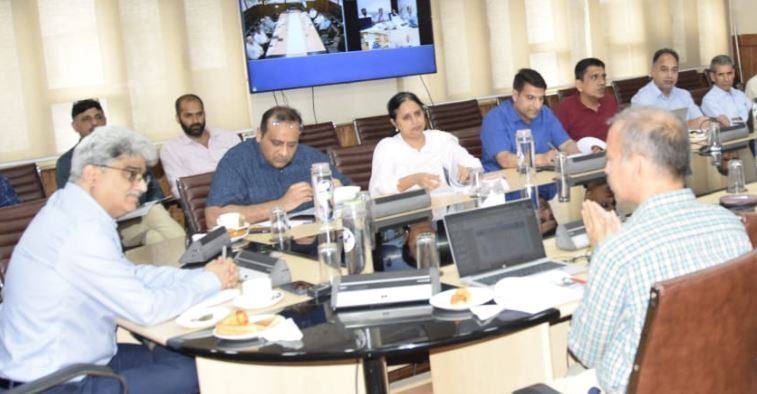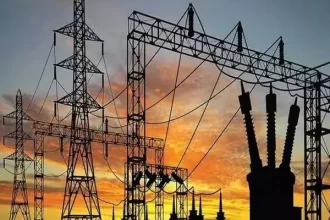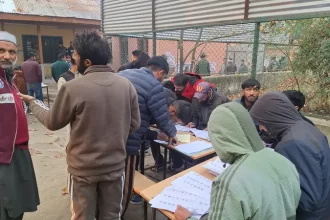In a significant step towards better governance and improved public service delivery, the Jammu and Kashmir administration is preparing to launch a transformative initiative — the creation of unique Family IDs for every household in the Union Territory.
At the heart of this mission is a simple, human goal: to ensure that no eligible citizen is left behind when it comes to accessing government benefits.
The high-level meeting, chaired by Chief Secretary Atal Dulloo at the civil secretariat, brought together senior officials across key departments — from finance and planning to information technology and public welfare. The agenda was clear: how to make life simpler, fairer, and more efficient for every family in J&K.
Speaking during the session, Dulloo emphasized that this isn’t just about technology or data. It’s about real people. “With Family IDs, we’re aiming to make it easier for citizens to receive what is rightfully theirs without running from one office to another or repeatedly submitting the same paperwork,” he said. “It’s about creating a more accountable, transparent, and responsive administration.”
The new system promises to be a unified, reliable source of truth. It will give officials a clearer picture of who needs what — and whether the help is reaching them. For citizens, it means fewer forms, fewer delays, and fewer missed opportunities.
Planning Secretary Talat Parvez outlined the broader vision and the urgent need for such a system. He explained that by streamlining access to welfare schemes, the administration can better track coverage and identify gaps.
Meanwhile, IT Secretary Piyush Singla reassured the team that the technological backbone is ready. “We have the infrastructure and the expertise to make this work for every household in the region,” he said, noting that existing platforms like the Public Distribution System (PDS) and Ayushman Bharat (AB-PMJAY) would serve as critical starting points for gathering accurate family data.
One of the biggest challenges discussed was the burden citizens face when navigating different departments — each asking for the same documents, each with its own process. With the Family ID in place, this duplication will end. One ID. One record. One seamless access point to multiple services.
The initiative is more than administrative reform — it’s a vision to bring dignity and ease to everyday lives. Whether it’s a widow seeking her pension, a farmer applying for subsidies, or a family accessing healthcare, the Family ID could become the key to unlocking timely, hassle-free support.
As the government gears up for this bold move, there’s a renewed sense of purpose: governance that listens, systems that serve, and policies that remember the people at their core.








